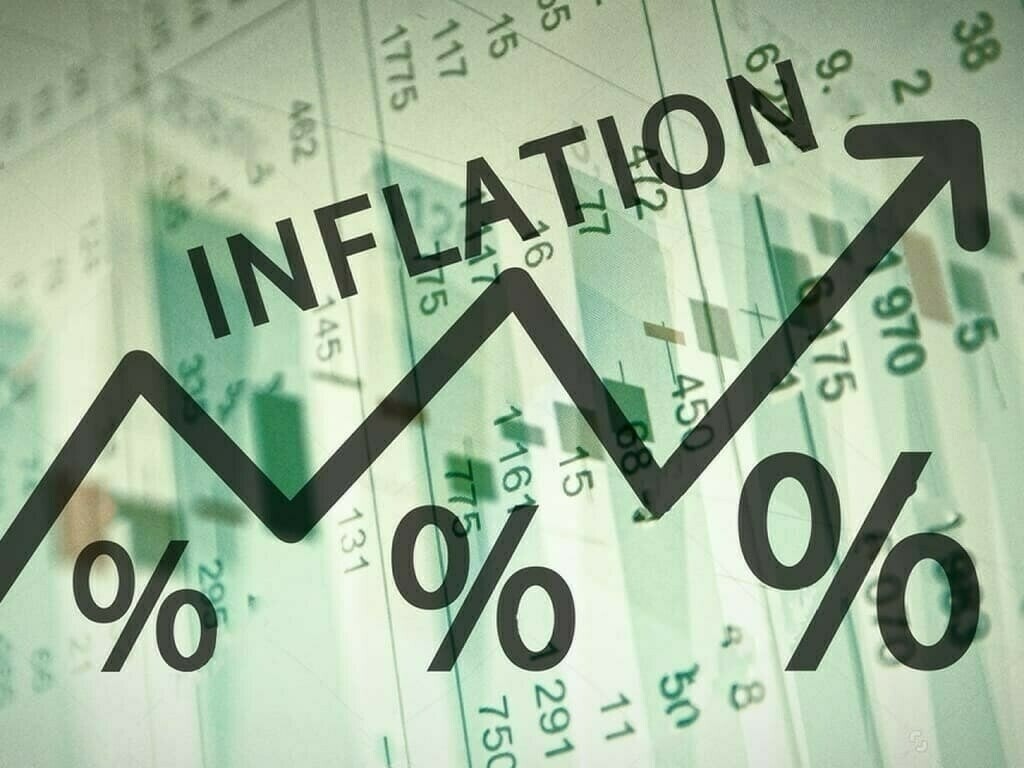 Introduction:
Introduction:
Inflation, the sustained increase in the general price level of goods and services over time, is a fundamental economic phenomenon that impacts individuals, businesses, and economies worldwide. While moderate inflation is considered a sign of economic growth and stability, excessive inflation can erode purchasing power, disrupt financial markets, and undermine economic prosperity. This article aims to explore the causes, consequences, and strategies for mitigating inflation, shedding light on its multifaceted implications for individuals, businesses, and policymakers.
Understanding Inflation:
Inflation is commonly measured using various price indices, such as the Consumer Price Index (CPI) or the Producer Price Index (PPI), which track changes in the prices of goods and services consumed by households or produced by businesses, respectively. Inflation can be caused by a variety of factors, including:
1. Demand-Pull Inflation: This occurs when aggregate demand exceeds aggregate supply, leading to upward pressure on prices as businesses raise prices to match increased demand. Factors contributing to demand-pull inflation include consumer spending, investment, government expenditures, and exports.
2. Cost-Push Inflation: Cost-push inflation arises from increases in production costs, such as wages, raw materials, or energy prices, which are passed on to consumers in the form of higher prices. Supply chain disruptions, geopolitical tensions, and adverse weather conditions can contribute to cost-push inflation.
3. Built-In Inflation: Built-in inflation occurs when expectations of future price increases become embedded in wage and price-setting behavior. If workers expect higher inflation, they may demand higher wages to maintain their purchasing power, leading to a wage-price spiral that perpetuates inflationary pressures.
Consequences of Inflation:
Inflation has far-reaching consequences that impact individuals, businesses, and economies in various ways:
1. Reduced Purchasing Power: Inflation erodes the purchasing power of money, meaning that the same amount of currency buys fewer goods and services over time. This reduction in real income can diminish the standard of living for individuals and households, particularly those on fixed incomes or with limited access to financial resources.
2. Uncertainty and Volatility: High or volatile inflation rates create uncertainty in financial markets and undermine investor confidence. Businesses may hesitate to invest or expand operations due to uncertainty about future costs and revenues, leading to slower economic growth and job creation.
3. Redistribution of Wealth: Inflation can redistribute wealth within society, benefiting debtors at the expense of creditors. Debtors benefit from inflation because they can repay their debts with money that has lower purchasing power, while creditors experience a loss in real value. This redistribution can exacerbate income inequality and social tensions.
4. Economic Distortions: Inflation distorts relative prices and resource allocation, leading to misallocation of capital and resources within the economy. Price signals become less informative, making it difficult for businesses to make efficient production and investment decisions, ultimately impeding long-term economic growth and productivity.
Strategies for Mitigating Inflation:
Central banks and policymakers employ various monetary and fiscal policy tools to control inflation and maintain price stability:
1. Monetary Policy: Central banks use monetary policy tools, such as interest rate adjustments, open market operations, and reserve requirements, to influence the money supply and inflation rates. Tightening monetary policy, by raising interest rates or reducing money supply growth, can help curb inflationary pressures by reducing aggregate demand and cooling off the economy.
2. Fiscal Policy: Governments can use fiscal policy measures, such as taxation and government spending, to manage inflationary pressures. Fiscal tightening, through measures such as reducing government spending or increasing taxes, can help reduce aggregate demand and inflationary pressures, particularly during periods of overheating in the economy.
3. Supply-Side Policies: Addressing supply-side constraints, such as infrastructure bottlenecks, regulatory barriers, and supply chain disruptions, can help alleviate cost-push inflationary pressures. Investments in infrastructure, education, and technology can enhance productivity and efficiency, thereby reducing production costs and inflationary pressures over the long term.
4. Wage and Price Controls: In some cases, governments may implement wage and price controls to directly limit the growth of wages and prices. While such measures may provide short-term relief from inflation, they can also distort market signals, create shortages, and lead to unintended consequences, making them a controversial policy tool.
Conclusion:
Inflation is a complex economic phenomenon with far-reaching implications for individuals, businesses, and economies. While moderate inflation is considered a normal feature of healthy economic growth, excessive inflation can erode purchasing power, undermine investor confidence, and hinder long-term prosperity. Effective management of inflation requires a combination of monetary, fiscal, and supply-side policies tailored to the specific circumstances of each economy. By understanding the causes, consequences, and mitigation strategies associated with inflation, policymakers can work towards achieving price stability and sustainable economic growth for the benefit of all stakeholders.



You must be logged in to post a comment.